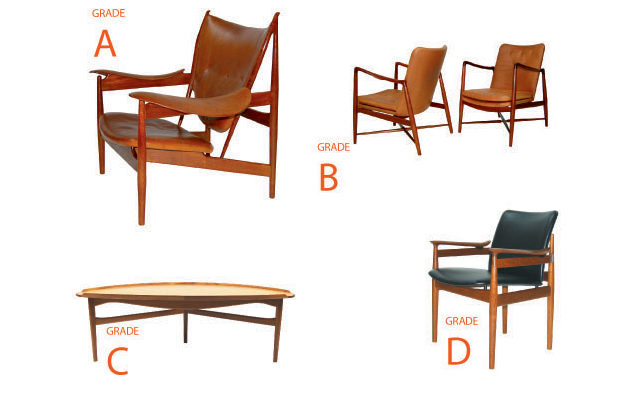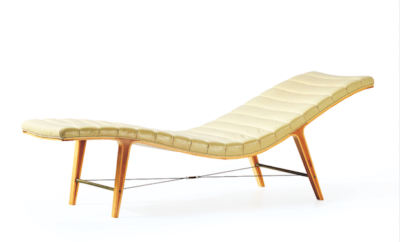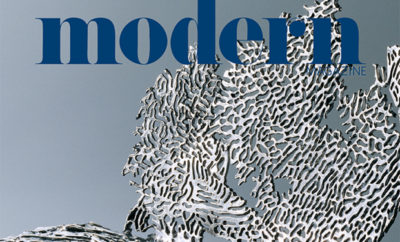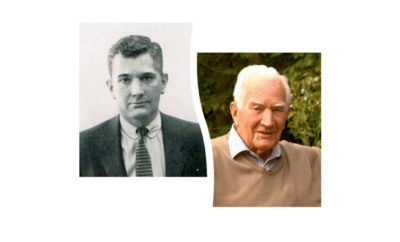
Design
Finn-al Exam
When it comes to true Danish modern furniture design, there is, in my opinion, no one more important than the architect-designer Finn Juhl. He developed a new direction in the established form of classical craftsman-produced furniture made by the likes of Ole Wanscher, Børge Mogensen, and Fritz Henningsen, among others. As opposed to their neoclassical style, Juhl devised pieces with sculptural and organic lines, built with a sensitivity to the beauty of handmade cabinetry.
There were several companies that produced Juhl’s designs, including ones that employed top-of-the-line individual joinery methods as well as ones that used mass-production techniques. Of course the rarity of pieces and the form of manufacture play a large role in pricing Juhl’s work. Naturally the handmade and smaller production run designs command a higher price than the machine-made furnishings produced in bulk. But there is always a touch of craft even in his mass-market pieces, showcasing Juhl’s expertise at creating designs that beckon the client to sit, run his or her hands along the sweeping curves of the arms, and enjoy a chair that perfectly fits the body.













